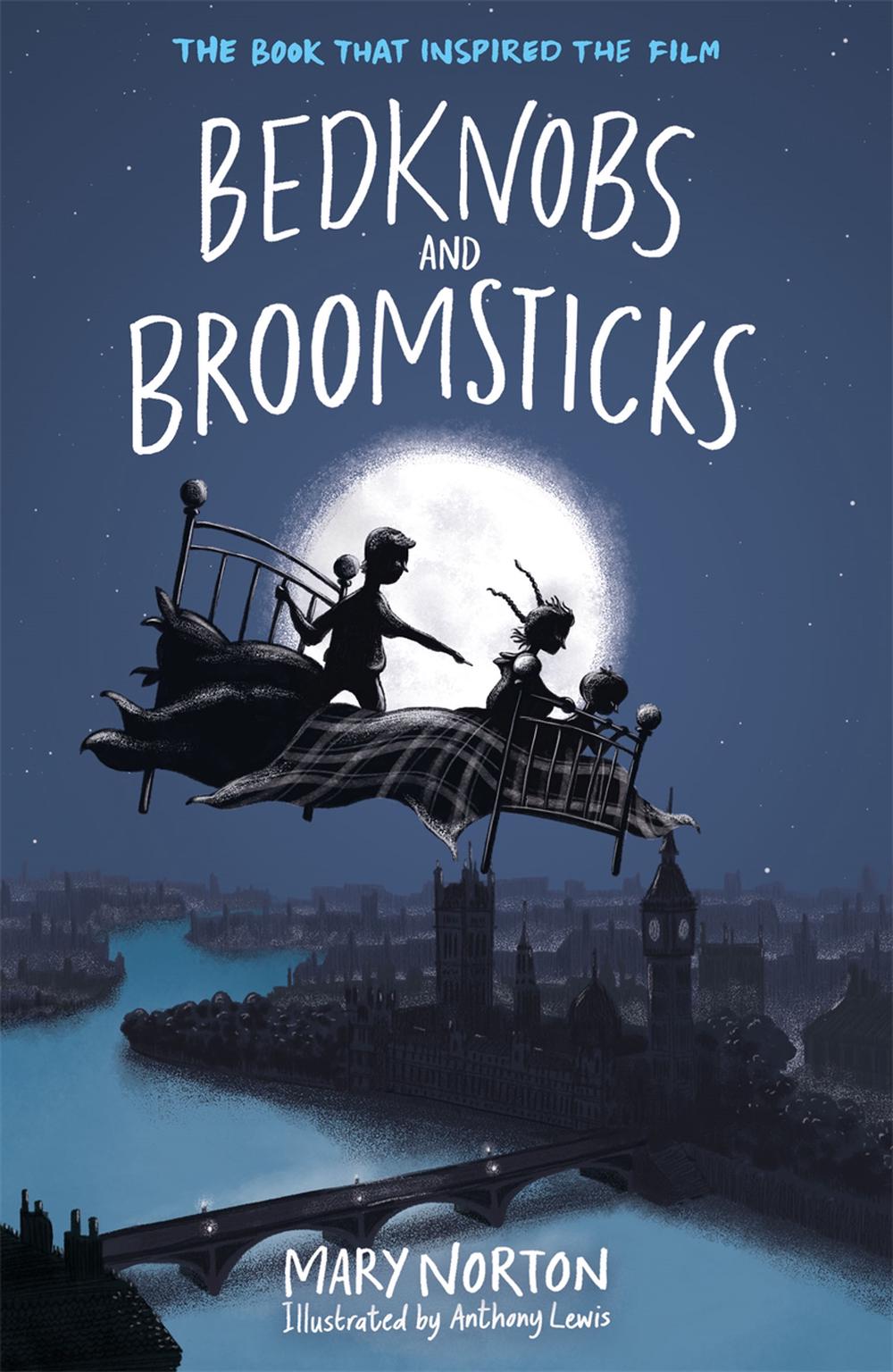

Thus begins the story of how these three city kids become enmeshed in the life of a novice witch who has sworn them to secrecy in exchange for a magic bedknob (corner decoration on the old brass beds) that can time travel. That’s my home county!! Who would know?) The kids go outside to play and happen to see a woman flying by them on a broomstick who then crashes and they run over to make sure she is ok. The edition that I had combined two books, The Magic Bedknob and Bonfires and Broomsticks, both concerning three kids who move from their home to stay with an old aunt who lives in a small village in Bedfordshire.

But looking back at it, regardless of the narrative itself, the illustrations are iffy at best. (For example, my brother had a little book called “Little Black Sambo” by Helen Bannerman (1899) given to him for a b-day present at some point, and we children all adored the book. These characters had “kinky hair” and “thick full lips” – the starring characters, naturellement, were white – and so I’m curious if these sort of books are still given to children to read any more in great numbers. This narrative includes some rather questionable descriptions of cannibalistic “savages” from which one of the characters needs rescuing – it’s amazing to see what was (British culturally) acceptable at the time sometimes. There’s a big difference, for example, on content and what used to be thought suitable for children (and for the times) can be somewhat jarring. title is singular, though, for reasons unknown, but probably linked with copyright or similar.)Īny time you read a book from long ago, there are going to be differences in how you remember things, and there were a few things about this read that I had (mis-)remembered, but perhaps it’s because I only saw the movie back then…. So – happily snatched it up and had a pleasant little read. Browsing through the shelves, both on-line and in real life, I was searching for a quick read for the Century of Books project, and saw that the old kid classic, Bedknobs and Broomsticks by Mary Norton would fit rather nicely for 1943.


 0 kommentar(er)
0 kommentar(er)
